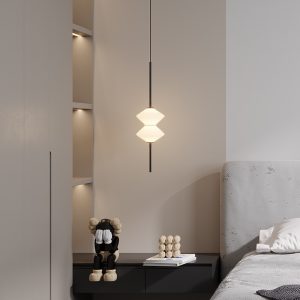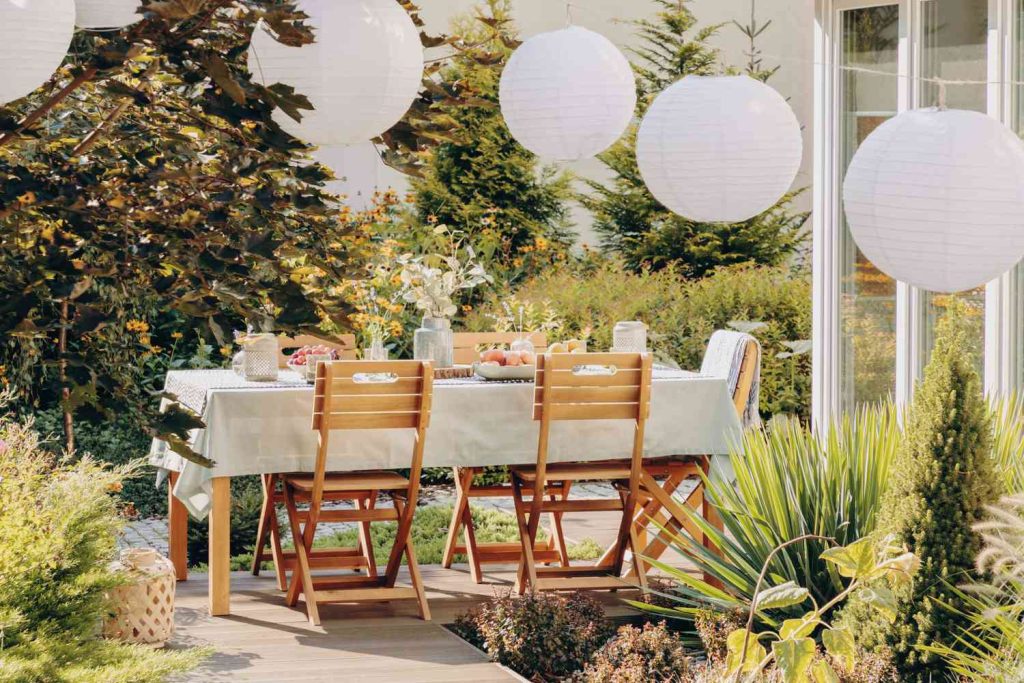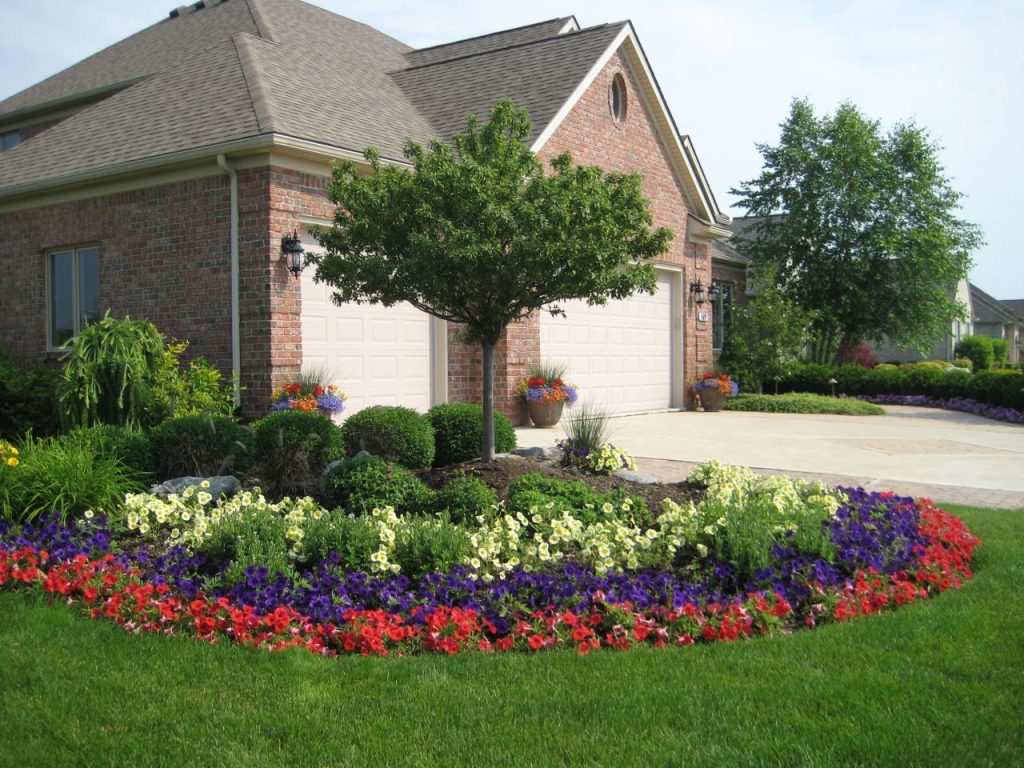
Enhance Your Home Garden with Stylish Lighting
Lighting plays a pivotal role in enhancing the aesthetic appeal and functionality of home gardens. It serves not only as a practical necessity for navigating outdoor spaces after sunset but also as a transformative element that can dramatically alter the atmosphere of a garden. Properly designed lighting can highlight architectural features, illuminate pathways, and create focal points that draw the eye to specific plants or garden ornaments.
This strategic use of light can turn an ordinary garden into an enchanting retreat, inviting homeowners and guests to enjoy the space long after the sun has set. Moreover, garden lighting contributes to safety and security. Well-lit pathways reduce the risk of accidents, such as tripping or falling, while illuminated entry points deter potential intruders.
The psychological comfort that comes from a well-lit environment cannot be overstated; it encourages outdoor activities during the evening hours, fostering a sense of community and connection among family and friends. In essence, lighting is not merely an accessory in garden design; it is an essential component that enhances both the beauty and safety of outdoor spaces.
Types of Stylish Garden Lighting
When it comes to garden lighting, there is a plethora of stylish options available to suit various tastes and design aesthetics. One popular choice is string lights, which can be draped over trees, fences, or pergolas to create a whimsical atmosphere. These lights come in various styles, from vintage Edison bulbs to modern LED designs, allowing homeowners to select a look that complements their garden’s theme.
String lights are particularly effective for creating a cozy ambiance during gatherings or quiet evenings spent outdoors. Another elegant option is solar-powered garden lights. These fixtures harness sunlight during the day and automatically illuminate at night, making them both eco-friendly and low-maintenance.
Available in various designs—from sleek modern stakes to charming lanterns—solar lights can be strategically placed along pathways or around flower beds to enhance visibility while adding a decorative touch. Additionally, wall-mounted sconces can provide targeted lighting for specific areas, such as seating arrangements or dining spaces, further enhancing the garden’s functionality and style.
Placement and Installation Tips for Garden Lighting
The placement of garden lighting is crucial for achieving the desired effect and ensuring safety. A common guideline is to install lights at varying heights to create depth and interest. For instance, pathway lights should be positioned at a height that illuminates the ground without causing glare, typically around 12 to 18 inches above the ground.
In contrast, uplighting can be used to highlight trees or architectural features by placing fixtures at the base and angling them upward. This technique not only showcases the beauty of these elements but also adds drama to the overall landscape. When installing garden lighting, it is essential to consider the layout of the garden and the activities that will take place in different areas.
For example, if a seating area is intended for evening gatherings, it should be well-lit with soft, warm lights that create an inviting atmosphere. Conversely, functional areas like pathways should have brighter illumination for safety. Additionally, using dimmers or smart lighting systems can provide flexibility, allowing homeowners to adjust brightness levels according to their needs and preferences.
Energy-efficient Options for Garden Lighting
As environmental concerns continue to rise, energy-efficient lighting options have become increasingly popular among homeowners looking to reduce their carbon footprint. LED lights are at the forefront of this movement due to their longevity and low energy consumption. Unlike traditional incandescent bulbs, which waste a significant amount of energy as heat, LEDs convert most of their energy into light, making them up to 80% more efficient.
This efficiency translates into lower electricity bills and less frequent bulb replacements, making them a cost-effective choice in the long run. In addition to LEDs, solar-powered lights offer an excellent alternative for those seeking sustainable solutions. These fixtures utilize photovoltaic cells to capture sunlight during the day and convert it into electricity for nighttime use.
The installation of solar lights requires no wiring or electrical work, making them an accessible option for many homeowners. Furthermore, advancements in solar technology have led to brighter and more reliable products that can illuminate gardens effectively without relying on grid power.
Using Garden Lighting to Create Ambiance
The ability to create ambiance through garden lighting is one of its most appealing aspects. By carefully selecting light colors and intensities, homeowners can evoke different moods in their outdoor spaces. For instance, warm white lights can create a cozy and intimate setting perfect for romantic dinners or family gatherings, while cooler tones may lend themselves to a more modern or sophisticated atmosphere.
The strategic use of colored lights can also add a playful element; for example, soft blues or greens can evoke a serene environment reminiscent of moonlight. Layering different types of lighting is another effective technique for creating ambiance. Combining ambient lighting with task lighting—such as illuminating dining areas—and accent lighting—like spotlighting unique plants—can add depth and dimension to the garden.
This multifaceted approach allows for versatility in how the space is used throughout the evening. For instance, dimming the ambient lights while keeping accent lights bright can create a dramatic effect during special occasions or celebrations.
Safety and Maintenance of Garden Lighting Systems
Ensuring safety in garden lighting systems involves both proper installation and ongoing maintenance. It is crucial to use weather-resistant fixtures designed for outdoor use to prevent damage from moisture or extreme temperatures. Additionally, all electrical components should be installed according to local codes and regulations to minimize risks associated with electrical hazards.
Homeowners should also consider using low-voltage systems that are safer than standard line voltage systems, especially in areas where children or pets may roam. Regular maintenance is essential for keeping garden lighting systems functioning optimally. This includes cleaning fixtures periodically to remove dirt and debris that can obstruct light output.
Homeowners should also check connections and wiring for signs of wear or damage, replacing any faulty components promptly to avoid potential hazards. Seasonal inspections can help identify issues before they become significant problems, ensuring that the garden remains beautifully illuminated throughout the year. By prioritizing safety and maintenance, homeowners can enjoy their outdoor spaces with peace of mind while maximizing the benefits of their garden lighting systems.
You may also like
Written by Kyle
Hot Posts
- 10 Stunning Bedroom Design Ideas to Transform Your Sleep Space
- 5Funky Kitchen Gadgets to Keep Your Home Cooking Delicious
- A Home Garden For All Seasons
- Add Warmth and Style to Your Home with a Wooden Pendant Lamp
- Adding Drama to Your Decor With a Pendant XL Light
- Adorable Table Lamp for Kids’ Room
- Affordable Solar Garden Lights: A Smart Purchase
- Antique Table Lamps & Lighting at Auction
Category Guide
Schedule
- April 2025
- March 2025
- February 2025
- January 2025
- December 2024
- November 2024
- October 2024
- September 2024
- August 2024
- July 2024
- June 2024
- May 2024
- April 2024
- March 2024
- February 2024
- January 2024
- December 2023
- August 2023
- July 2023
- June 2023
- May 2023
- April 2023
- March 2023
- February 2023
- December 2022
- November 2022
- October 2022
- September 2022
- July 2022
- March 2021












Leave a Reply